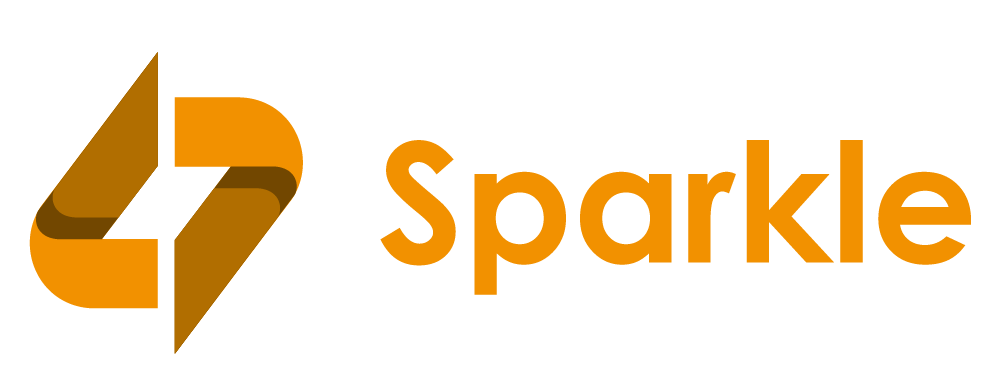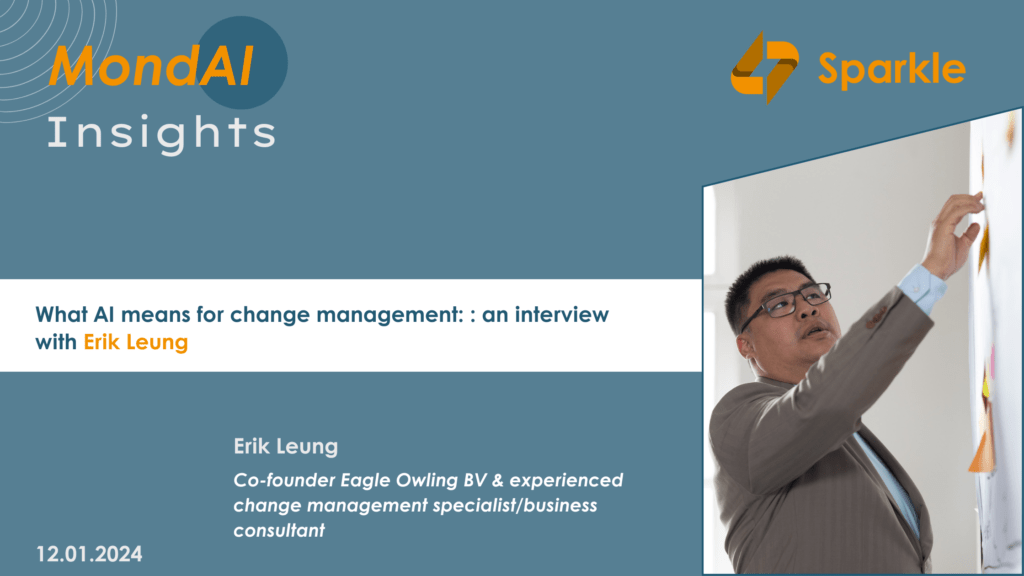As the EU’s AI Act is set to be adopted soon, compliance is absolutely essential to sustainably capture the value of AI. Sparkle’s AI Act readiness track helps you work with AI safely and effectively. Let’s dive into the first steps of our AI risk management process: setting objectives and assessing your AI maturity.
Today, companies looking to increase their efficiency are increasingly turning towards Artificial Intelligence. AI can automate and streamline processes, offer natural language interaction in digital environments, and create all kinds of content – but its potential also brings risks. With regulators jumping at the chance to lay down rules on AI use, companies must shift gears quickly: either get aligned with regulatory requirements, or face eye-watering fines.
Either way, business leaders should initiate an AI Act readiness track before it’s too late. The earlier you have everything you need to keep using your systems, the safer you are from regulatory action (and from costly mistakes).
With an array of new rules and serious consequences to boot, AI risk management seems like a daunting task. Still, it’s a must-have, not a nice-to-have if you’re using AI in the EU. Some business leaders have been led to believe that buying off-the-shelf AI governance software is enough to properly manage any and all risks posed by their AI systems. Nothing could be further from the truth: you need a strategy, not just a tool.
Let’s look at some of the first steps you have to take when you’re trying to manage AI risks. First, awareness-building in your organization is absolutely crucial. Managing potentially discriminatory outputs from a generative AI system or detecting algorithmic bias really is something anyone can flag – you don’t have to be a data scientist to notice that. This sense of empowerment among non-technical people is crucial for the success of any AI risk management process.
Organizing regular workshops on (un)ethical AI are a great tool to achieve that awareness. They can help people in your organization, from upper management to entry-level employees, understand what AI is and why compliance is important. Building awareness of AI risks means those risks are more likely to be flagged and mitigated in early development or deployment stages – so you’re less likely to run into expensive problems down the line. To really get the most out of AI systems, increasing your company’s data literacy, bias evaluation capabilities, and ethical awareness is absolutely essential – at all levels and in all departments.
Next to awareness-building, a good risk management strategy should have clearly defined objectives. For example, do you purely want to focus on compliance and therefore on preserving the value that AI adds to your organization? Or could ethical AI (and the AI Act itself) help build your organization’s core values and brand? How future-proof do you want your strategy to be?
In all, you should ask yourself: what do I want to achieve? You can use it to safeguard the AI-powered workflows already in place or to build solid groundwork for future innovation. Based on those objectives, you can decide on a number of key aspects of your strategy. Its focus could lie, for example, on technical compliance, on innovating review processes, or on people management.
You can also choose who actually does the heavy lifting. Do you want to assign it to an internal team, which would likely gobble up resources and could cause friction between development teams and the internal risk managers, or do you want to bring consultants on board with tried-and-true methods? Or you could think about the timespan of your strategy. Do you want just one analysis of where you stand, or would you prefer continuous, trusted guidance? When determining your objectives, you should bear in mind your estimated AI maturity and assess whether you have the necessary expertise in-house.
In most cases, existing expertise is not enough, as AI risk management is a niche that requires much more than just proficiency in privacy and technology. AI compliance and strategy experts can help you set clear objectives, maintain a long-term vision for your company, and neutrally assess your readiness. One key problem we’ve seen is that internal assessments can depend on who is doing the assessment and whose AI project is being evaluated. Colleagues may not want to assign a risk rating that is too high if they’re looking at a friend’s project.
After defining strategic objectives, companies should first perform a baseline assessment, or a thorough analysis of your operational, technical, and organizational AI maturity, and your compliance readiness as-is. An essential part of a baseline or ‘as-is’ assessment is taking stock: what AI systems do you have in development or in use? What risks do they pose? An open and honest review of the basics is absolutely essential for proper risk management.
In a future Insight, we’ll dive deeper into the baseline assessment. For now, if you’re interested in AI risk management and compliance, get in touch with our AI Act manager Koen Mathijs or leave your message here.



